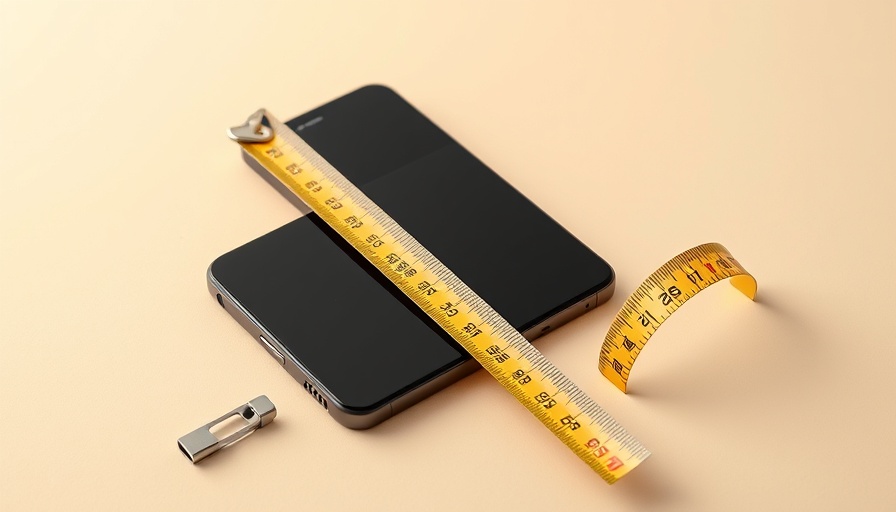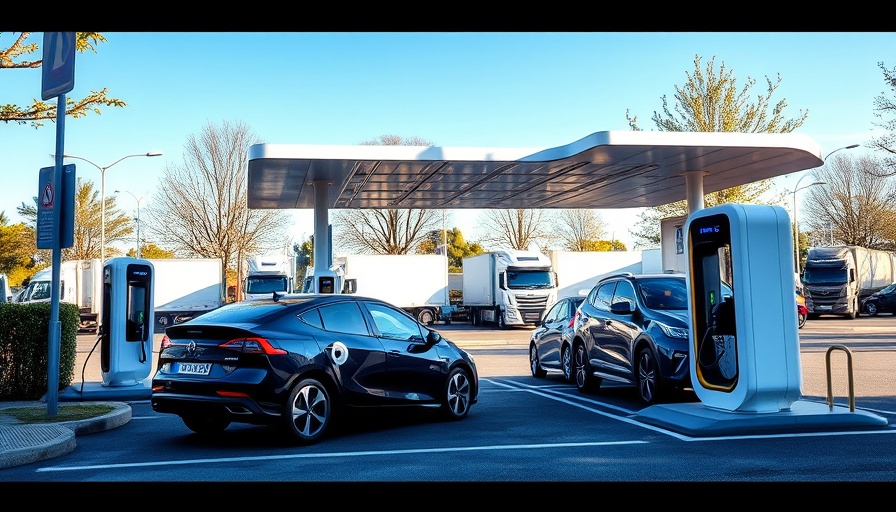
Facing the Challenges of Modern Appliances in Old Homes
Let’s face it, installing new kitchen appliances in an older home can be quite a challenge. While the idea of modernizing your space is thrilling, reality often hits hard when antique wiring and outdated plumbing come into play. James Fleming, an appliance expert at Frontdoor, emphasizes that when renovating old homes, unexpected complications are to be anticipated. These complications can include antiquated electrical systems, gas lines ill-equipped for modern standards, and plumbing unable to support the demands of new appliances.
Understanding the Electrical Landscape
One of the primary concerns when installing modern appliances in an old home is the electrical system. Many older kitchens were designed with everything wired together on a single circuit, which simply will not suffice for the power demands of today's appliances. The National Electric Code (NEC) now requires that major appliances operate on dedicated circuits. Moreover, appliances such as dishwashers and microwaves need a ground fault circuit interrupter (GFCI)-protected circuit. Not only does this meet regulatory requirements, but it also significantly reduces the risk of electrical fires, protects your devices from power surges, and ensures efficient energy usage.
Plumbing Upgrades: Why They Matter
When dealing with plumbing, particularly in homes built in the early 20th century, homeowners often encounter galvanized pipes, undersized drain lines, and outdated gas lines that can't meet the requirements of modern appliances. Eddie Linares, a plumbing expert, notes that low water pressure can be another considerable issue when considering high-efficiency appliances that require a certain water flow. To ensure that your newly installed devices function optimally, it’s crucial to address these plumbing issues beforehand.
Pros and Cons: Is It Worth It?
Despite the potential headaches, installing modern appliances in your old home carries distinct advantages. Upgrading your systems offers a chance to modernize essential features of your house while increasing energy efficiency. Newer appliances are designed to use less energy, helping you lower your utility bills and reduce your carbon footprint. Additionally, modern appliances adhere to current safety codes, enhancing protection for you and your family.
Practical Tips for a Smoother Installation
To make the process less daunting, there are several steps you can take. Begin by consulting a licensed electrician and plumber who understand the intricacies of older homes. Obtaining professional guidance will equip you with a clearer understanding of any modifications needed. Additionally, be proactive: ensure that you have a dedicated circuit established for each major appliance and check the condition of your plumbing before the installation day arrives.
Preparing for Installation Day
Finally, careful planning won’t just alleviate stress; it can save you money. Ensure that your measuring is precise and account for any potential upgrades or repairs that may need to be made prior to installation. An informed homeowner is a happy homeowner, and taking steps to prepare will ensure that when installation day arrives, you’ll be ready for whatever surprises may come your way.



Write A Comment